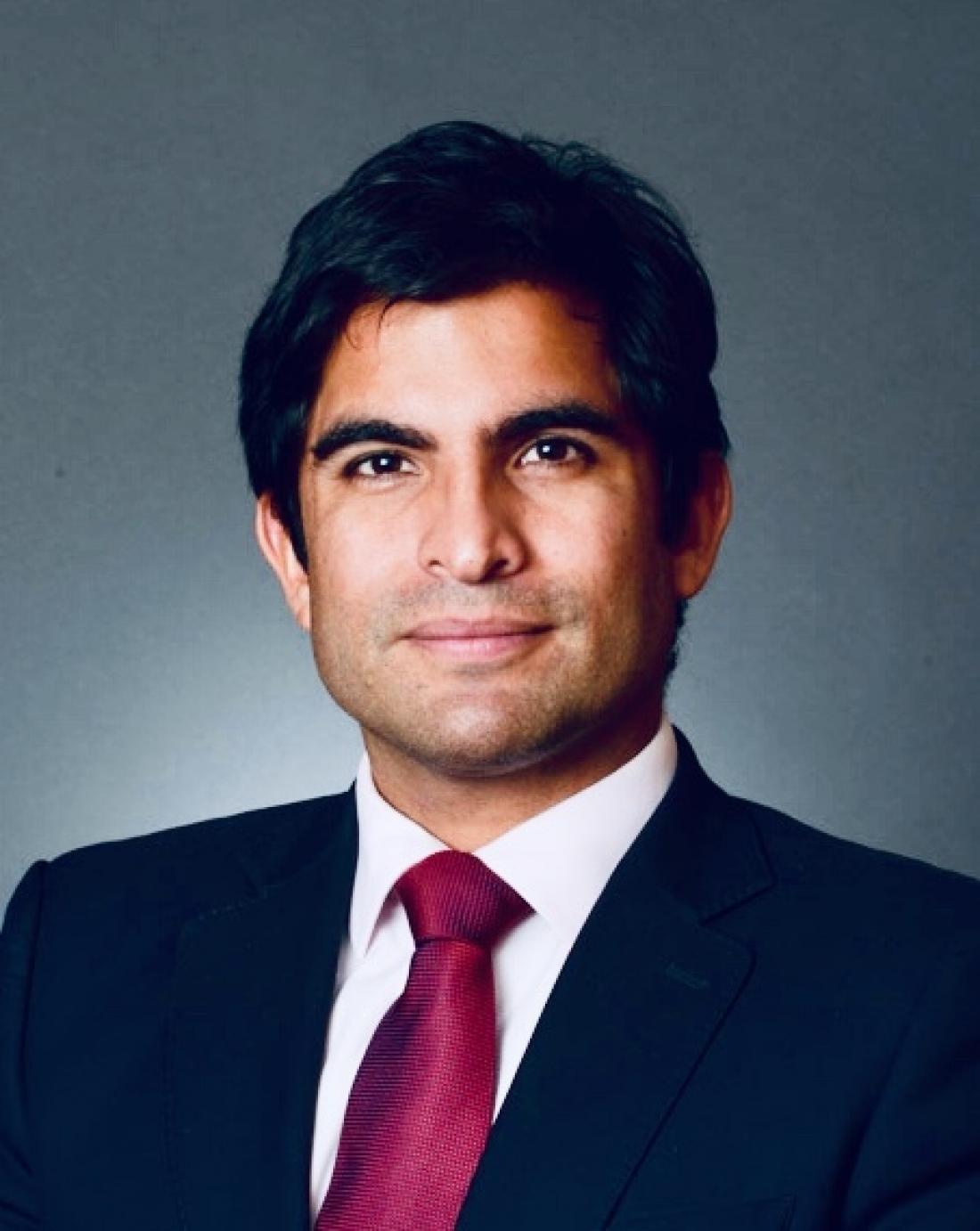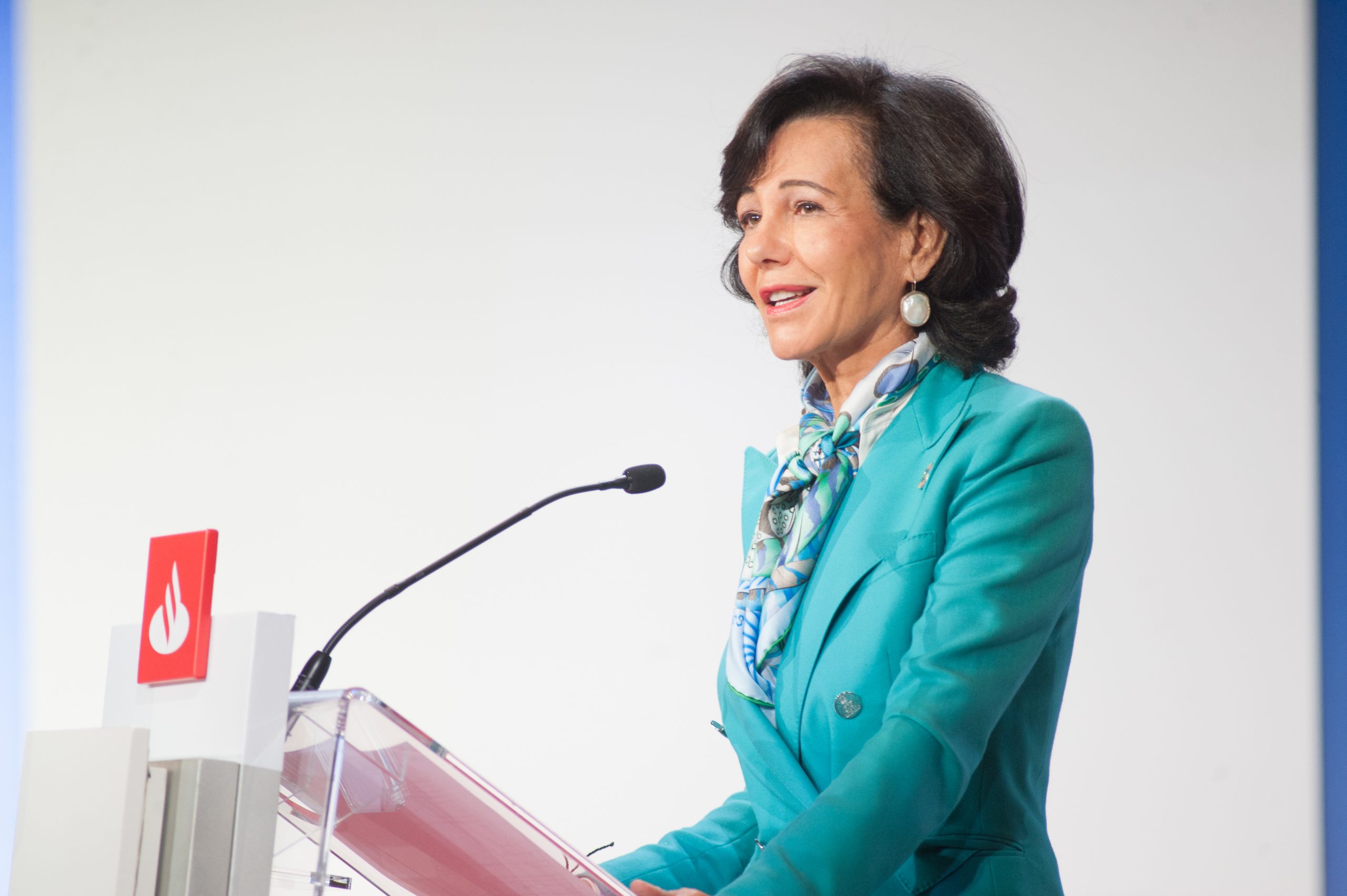A Green Recovery in Europe?
| By IreneValiente | 0 Comentarios

Europe’s Green Deal’s renovation-wave strategy not only creates a potential opportunity to combat climate change, but also may present a way to boost the economic recovery, says DWS.
When the global financial crisis hit more than ten years ago, climate commitments soon were forgotten for the sake of a fast economic recovery. This is best illustrated by the collapse of the United Nations Climate Change Conference in Copenhagen back in 2009 and the withdrawal of government support programs for renewable technologies.
“That lack of political support was probably reflected in a range of factors, including, perhaps, skepticism toward the scientific evidence, as well as concerns about an apparent trade-off between a sustained economic recovery and climate-change measures needed to move toward a greener economy”, points out the asset manager in a recent publication.
Fast forward to 2020, again in the middle of one of the worst economic recessions, but thanks to many climate activists amid a much more passionate public debate about climate change. This time around, policies to tackle the latter are no longer viewed as an economic luxury. “It is rather evident that the shift to a more sustainable economy entails risks and opportunities for employment creation”, comments DWS.
One such opportunity presented the Green Deal’s renovation-wave strategy published by the European Commission two weeks ago. It aims to dramatically reduce commercial and residential buildings’ carbon footprint in Europe1. This is “vital” since buildings account for around 36% of the EU’s carbon emissions.
However, energy-efficiency investment in buildings has stagnated and is currently not growing at rates required to reach the Paris-Agreement goals as depicted the chart2. The asset manager thinks that, from a capital-market perspective, retrofitting buildings could create opportunities in sustainable equities, real estate, infrastructure, green bonds, asset-backed securities and dedicated sustainable investment funds3.

So history did not end at the failed Copenhagen Climate Summit, but rather continued with the Paris Agreement. The Green Deal aims to double Europe’s renovation rate within the next ten years which contributes to the fulfillment of the Paris Agreement and makes it more likely that the scenario for 2019 to 2030 can be met4. “Of course, it’s an open question whether an EU-wide, one-size-fits-all approach is really the best way to tackle economic and climate problems over the medium term, given the varied economic and real-estate cycles in various member states”, says DWS.
1. https://ec.europa.eu/energy/topics/energy-efficiency/energy-efficient-buildings/renovation-wave_en
2. IEA 2019; EEFIG 2020
3. https://www.dws.com/AssetDownload/Index?assetGuid=a3e81871-9921-44c9-b4f8-ae0ba2327661&consumer=E-Library
4. https://ec.europa.eu/energy/topics/energy-efficiency/energy-efficient-buildings/renovation-wave_en
This information is subject to change at any time, based upon economic, market and other considerations and should not be construed as a recommendation. Past performance is not indicative of future returns. Forecasts are based on assumptions, estimates, opinions and hypothetical models that may prove to be incorrect.
For institutional investors only. Further distribution of this material is strictly prohibited. For institutional investor use and registered representative use only. Not for public viewing or distribution.
DWS and Funds Society are not affiliated.
Important risk information
The index sponsors of the indices referred to herein (including Deutsche Bank AG) make no warranty or representation whatsoever either as to the results obtained from use of the indices and/or the figures at which the said indices stand at any particular day or otherwise. These index sponsors shall not be liable to any person for any error in their indices and shall not be under any obligation to advise any person of any error therein.
Although information in this document has been obtained from sources believed to be reliable, we do not guarantee its accuracy, completeness or fairness, and it should not be relied upon as such. All opinions and estimates herein, including forecast returns, reflect our judgment on the date of this report and are subject to change without notice and involve a number of assumptions which may not prove valid.
Investments are subject to various risks, including market fluctuations, regulatory change, possible delays in repayment and loss of income and principal invested. The value of investments can fall as well as rise and you may not recover the amount originally invested at any point in time. Furthermore, substantial fluctuations of the value of the investment are possible even over short periods of time.
This publication contains forward looking statements. Forward looking statements include, but are not limited to assumptions, estimates, projections, opinions, models and hypothetical performance analysis. The forward looking statements expressed constitute the author’s judgment as of the date of this material. Forward looking statements involve significant elements of subjective judgments and analyses and changes thereto and/or consideration of different or additional factors could have a material impact on the results indicated. Therefore, actual results may vary, perhaps materially, from the results contained herein. No representation or warranty is made by DWS as to the reasonableness or completeness of such forward looking statements or to any other financial information contained herein.
War, terrorism, economic uncertainty, trade disputes, public health crises (including the recent pandemic spread of the novel coronavirus) and related geopolitical events could lead to increased market volatility, disruption to U.S. and world economies and markets and may have significant adverse effects on the fund and its investments.
The brand DWS represents DWS Group GmbH & Co. KGaA and any of its subsidiaries such as DWS Distributors, Inc. which offers investment products or Deutsche Investment Management Americas Inc. and RREEF America L.L.C. which offer advisory services.
Certain DWS investment products and services may not be available in every region or country for legal or other reasons, and information about these products or services is not directed to those investors residing or located in any such region or country.
The material was prepared without regard to the specific objectives, financial situation or needs of any particular person who may receive it. It is intended for informational purposes only and it is not intended that it be relied on to make any investment decision. It is for professional investors only. It does not constitute investment advice or a recommendation or an offer or solicitation and is not the basis for any contract to purchase or sell any security or other instrument, or for
DWS and its affiliates to enter into or arrange any type of transaction as a consequence of any information contained herein.
Investments are subject to various risks, including market fluctuations, regulatory change, possible delays in repayment and loss of income and principal invested. The value of investments can fall as well as rise and may not recover the amount originally invested at any point in time. Furthermore, substantial fluctuations of the value of the investment are possible even over short periods of time.
DWS and its affiliates do not provide accounting, tax or legal advice and investors should consult their own advisors with respect to their particular circumstances.
For investors in Peru / Argentina / Chile: Without limitation, this document does not constitute an offer, an invitation to offer or a recommendation to enter into any transaction neither does it constitute the offer of securities or funds. The offer of any services and/or securities or funds will be subject to appropriate local legislation and regulation.
Additional disclaimer for Chile: This private offer commences on current date and it avails itself of the General Regulation No. 336 of the Superintendence of Securities and Insurances, currently the Financial Markets Commission. This offer relates to securities not registered with the Securities Registry or the Registry of Foreign Securities of the Commission for the Financial Markets Commission, and therefore such shares are not subject to oversight by the latter. Being unregistered securities, there is no obligation on the issuer to provide public information in Chile regarding such securities; and these securities may not be subject to a public offer until they are registered in the corresponding Securities Registry.
La presente oferta privada toma vigencia el date y está sujeta al Reglamento General No. 336 de la Superintendencia de Valores y Seguros (SVS), conocida como la Comisión de Mercados Financieros (CMF). Esta oferta cubre aquellos instrumentos que no están registrados en el Registro de Valores o Registro de Valores Extranjeros de la Comisión de Mercados Financieros (CMF), por lo tanto, dichas acciones no están sujetas bajo la supervisión de la CMF. Debido a que no están registrados, el emisor no tiene la obligación de proporcionar información sobre dichos instrumentos en Chile, los mismos no pueden ser ofrecidos bajo una oferta pública hasta que estén registrados en el Registro de Valores que corresponde.
Additional disclaimer for Peru: The Products have not been registered before the Superintendencia del Mercado de Valores (SMV) and are being placed by means of a private offer. SMV has not reviewed the information provided to the investor. This Prospectus is only for the exclusive use of institutional investors in Peru and is not for public distribution
For investors in Argentina: Without limitation, this document does not constitute an offer, an invitation to offer or a recommendation to enter into any transaction neither does it constitute the offer of securities or funds. The offer of any services and/or securities or funds will be subject to appropriate local legislation and regulation.
For investors in Mexico: The funds have not been and will not be registered with the National Registry of Securities, maintained by the Mexican National Banking Commission and, as a result, may not be offered or sold publicly in Mexico. The fund and any underwriter or purchaser may offer and sell the funds in Mexico, to institutional and Accredited Investors, on a private placement basis, pursuant to Article 8 of the Mexican Securities Market Law.
Without limitation, this document does not constitute an offer, an invitation to offer or a recommendation to enter into any transaction neither does it constitute the offer of securities or funds. The offer of any services and/or securities or funds will be subject to appropriate local legislation and regulation.
For investors in Brazil: The shares in the Fund may not be offered or sold to the public in Brazil. Accordingly, the shares in the Fund have not been nor will be registered with the Brazilian Securities Commission – CVM nor have they been submitted to the foregoing agency for approval. Documents relating to the [shares in the Fund], as well as the information contained therein, may not be supplied to the public in Brazil, as the offering of shares in the Fund is not a public offering of securities in Brazil, nor used in connection with any offer or subscription or sale of securities to the public in Brazil.
For investors in Uruguay: The sale of the [Products] qualifies as a private placement pursuant to section 2 of Uruguayan law 18,627. The Products must not be offered or sold to the public in Uruguay, except in circumstances which do not constitute a public offering or distribution under Uruguayan laws and regulations. The [Products] are not and will not be registered with the Financial Services Superintendency of the Central Bank of Uruguay.
For investors in Brazil: The shares in the Fund may not be offered or sold to the public in Brazil. Accordingly, the shares in the Fund have not been nor will be registered with the Brazilian Securities Commission – CVM nor have they been submitted to the foregoing agency for approval. Documents relating to the shares in the Fund, as well as the information contained therein, may not be supplied to the public in Brazil, as the offering of shares in the Fund is not a public offering of securities in Brazil, nor used in connection with any offer or subscription or sale of securities to the public in Brazil.
© 2020 DWS Group GmbH & Co. KGaA. All rights reserved. I-079358-1 (11/20) ORIG: 079291











